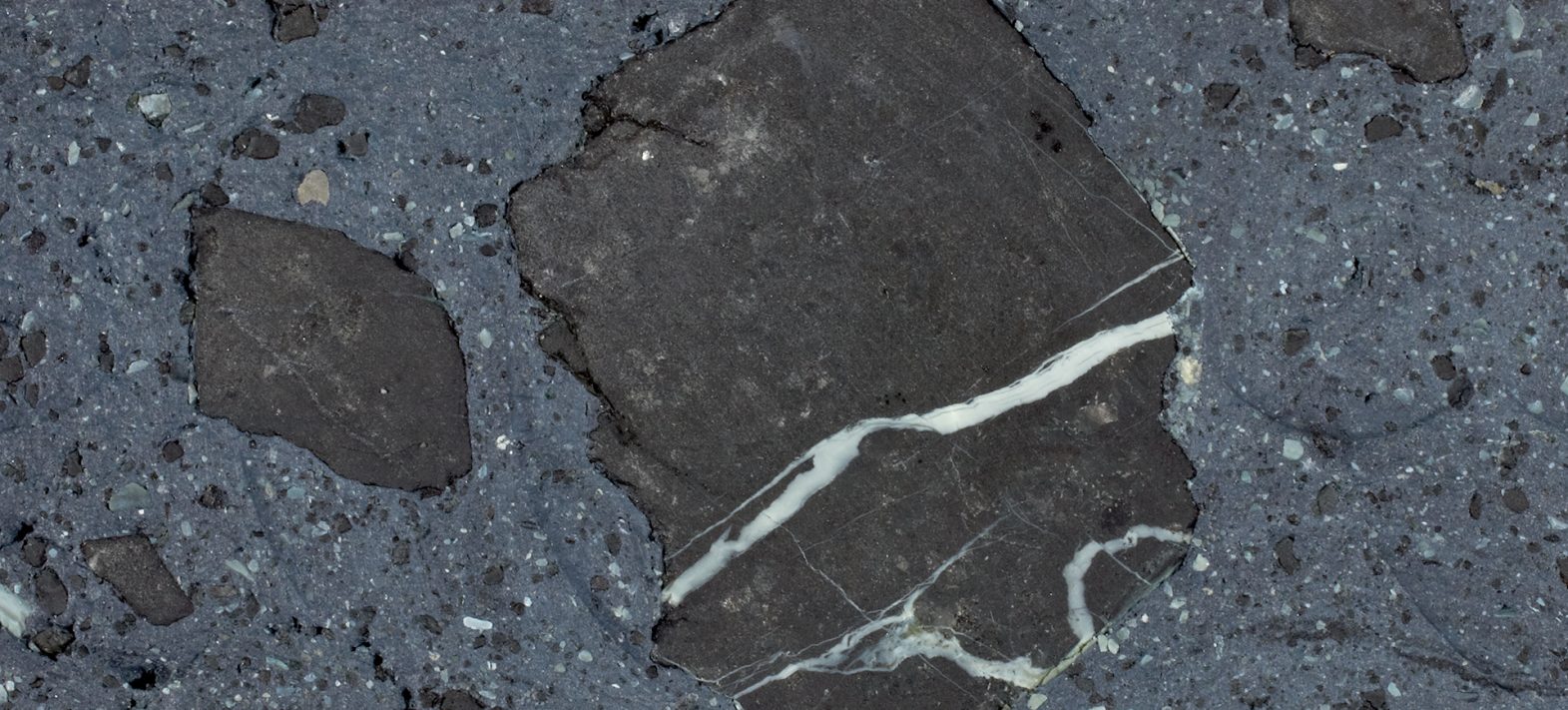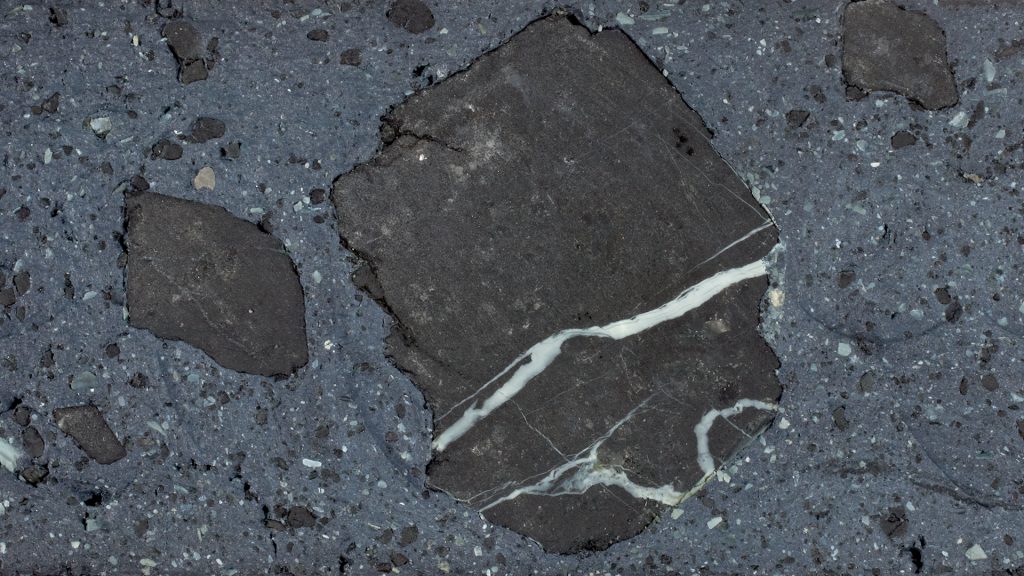First observations of a major organic carbon reservoir in the deep Earth
The study of the deep carbon cycle enables us to estimate the natural flow of carbon between the Earth's surface and deep interior, ultimately regulating our planet's climate. This cycle remains poorly understood, as the Earth's interior is not directly accessible. By studying samples expelled by mud volcanoes near the Mariana Trench, a team of researchers from the Institut de Physique du Globe de Paris (Université Paris Cité/IPGP/CNRS) has demonstrated the high-pressure formation and trapping of solid organic carbon in the lithosphere. This discovery, published in Science Advances, lifts the veil on a major reservoir of deep organic carbon.

Publication date: 22/09/2022
Press, Research
Related teams :
Lithosphere Organosphere Microbiosphere (LOMs)
Related themes : Earth and Planetary Interiors, Earth System Science








